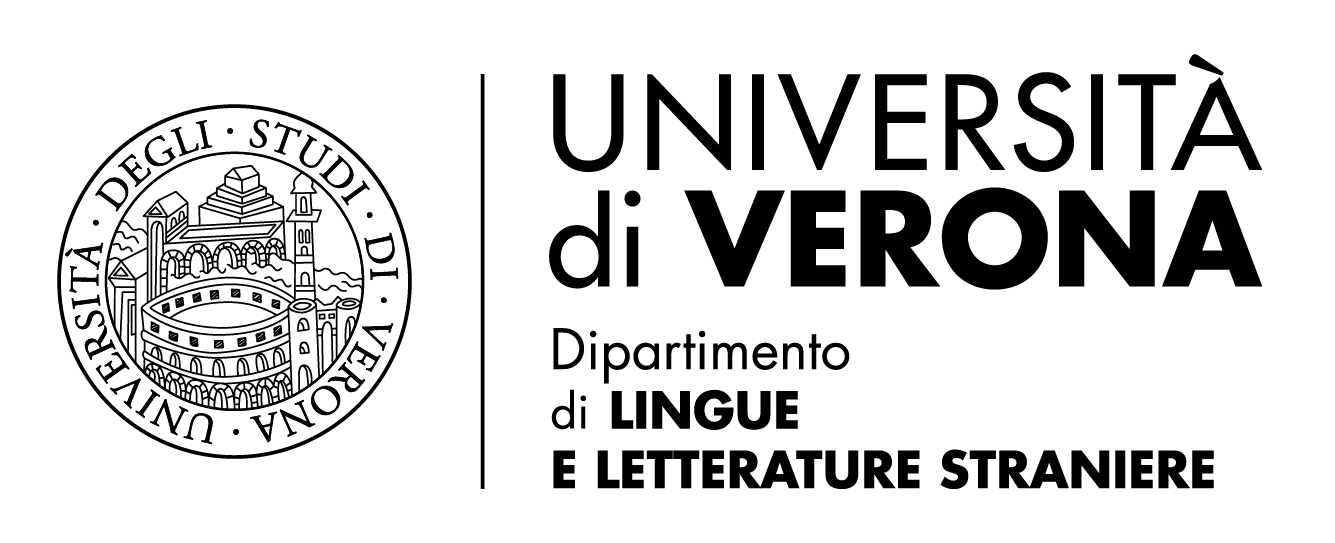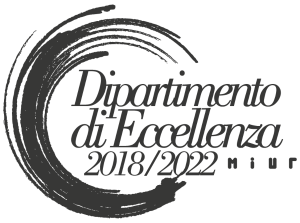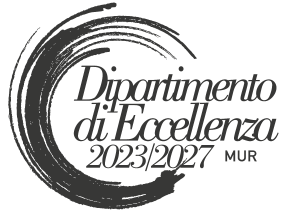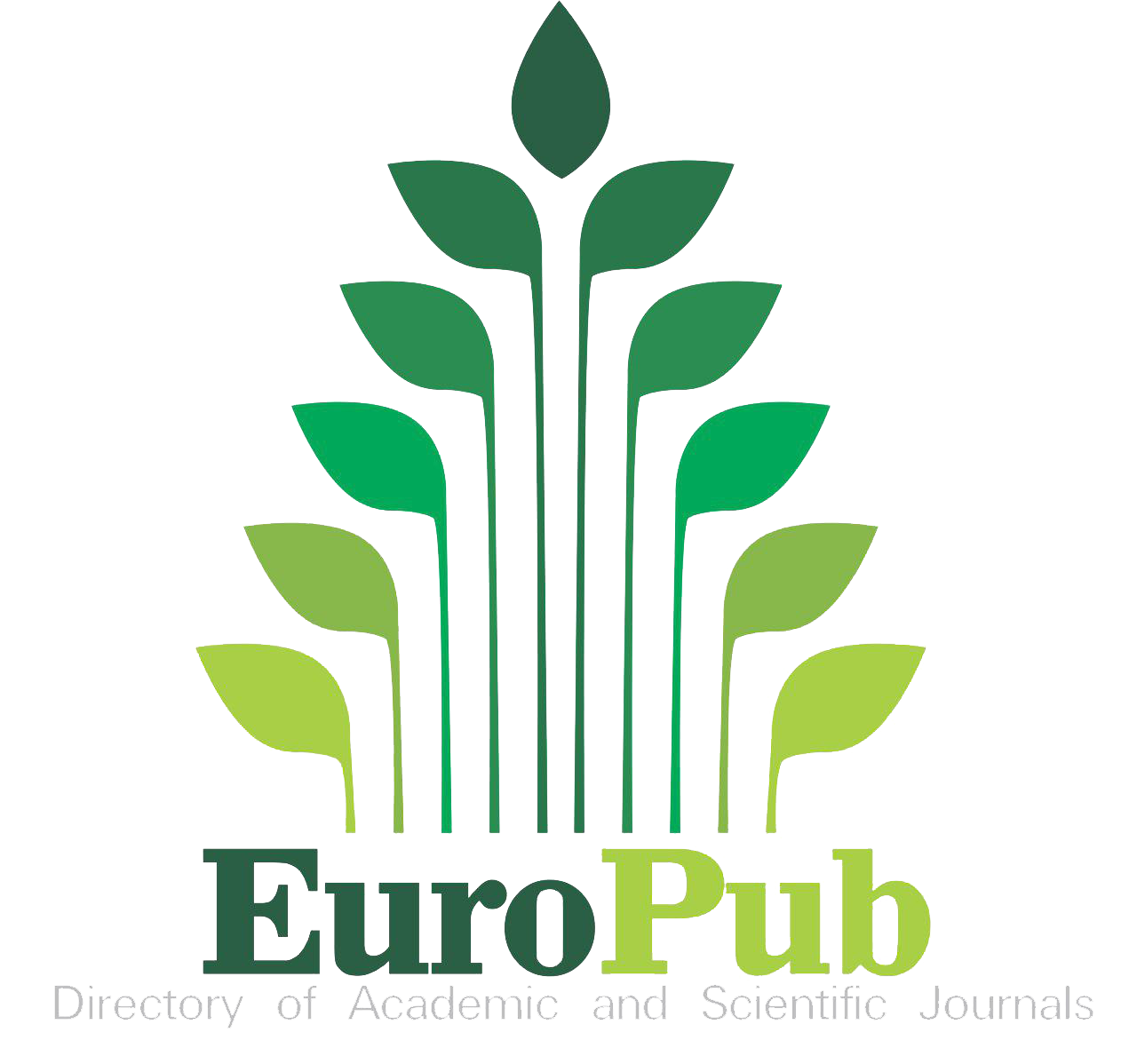Creating Trust through Transparency?
A Special Issue
DOI:
https://doi.org/10.13136/2281-4582/2025.i25.1663Keywords:
trust, transparency, corpus linguistics, corporate credibility, business communication strategiesAbstract
In an era of increasing public skepticism towards businesses and institutions, organizations are under growing pressure from stakeholders to be transparent and trustworthy in their disclosures. The ability to communicate openly and honestly with stakeholders has become vital for success. Transparency ensures that the information shared is accurate, comprehensive, and accessible, allowing stakeholders to make informed judgments about a company's Corporate Social Responsibility (CSR) efforts. Trust, meanwhile, is the cornerstone of effective communication; built through consistent and honest interactions, it is essential for maintaining stakeholder confidence and support.
This special issue delves into the pivotal roles of transparency and trust in corporate communication, shedding light on how these aspects contribute to corporate credibility. Transparency enables organizations to demonstrate accountability, creating a positive impact on organizational reputation and fostering stronger relationships with stakeholders. Additionally, trust helps in enhancing stakeholder engagement, ensuring they feel valued and informed. Together, transparency and trust form the bedrock of robust business communication strategies, enabling organizations to navigate the complexities of modern corporate environments effectively. By prioritizing clear and honest exchanges, companies can build a solid foundation for long-term success and sustainability. This issue explores various strategies and approaches for enhancing transparency and trust, highlighting their significance in shaping corporate communication practices that resonate with stakeholder expectations and promote organizational integrity.
References
Ball, Carolyn. “What is Transparency?” Public Integrity 11.4 (2009): 293-308.
Bhatia, Aditi. “The Corporate Social Responsibility Report: The Hybridization of a ‘Confused’ Genre (2007–2011).” IEEE Transactions on Professional Communication 55.3 (2012): 221-238.
Bondi, Marina and Jessica Jane Nocella. “Building Trust in the Transport Sector during the Pandemic: A Cross-Cultural Analysis.” Language and Dialogue 13.3 (2023): 309-335.
Breeze, Ruth. “Legitimation in Corporate Discourse: Oil Corporations after Deepwater Horizon.” Discourse & Society 23.1 (2012): 3-18.
Catenaccio, Paola. Understanding CSR Discourse: Insights from Linguistics and Discourse Analysis. Milan: Arcipelago, 2012.
Clark, Nichola A., Jeff A. Ardron and Linwood H. Pendleton. “Evaluating the Basic Elements of Transparency of Regional Fisheries Management Organizations.” Marine Policy 57 (2015): 158-166.
Fombrun, Charles J. and Cees B.M. Van Riel. Fame & Fortune: How Successful Companies Build Winning Reputations. Upper Saddle River: Pearson Education, 2004.
Fuoli, Matteo. “Assessing Social Responsibility: A Quantitative Analysis of Appraisal in BP’s and IKEA’s Social Report.” Discourse and Communication 6.1 (2012): 55-81.
---. “Building a Trustworthy Corporate Identity: A Corpus-Based Analysis of Stance in Annual and Corporate Social Responsibility Reports.” Applied Linguistics 39.6 (2018): 846-885.
Fuoli, Matteo and Annika Beelitz. “Framing the Path to Net Zero: A Corpus-Assisted Discourse Analysis of Sustainability Disclosures by Major Corporate Emitters, 2011–2020.” International Journal of Corpus Linguistics 29.3 (2024): 361-388.
Fuoli, Matteo and Carita Paradis. “A Model of Trust-Repair Discourse.” Journal of Pragmatics 74 (2014): 52-69.
Graafland, Johan J. and Andre Nihof. “Transparency, Market Operation and Trust in the Dutch Construction Industry: An Exploratory Study.” Construction Management and Economics 25.2 (2007): 195-205.
Graafland, Johan J., Sylvester C. W. Eijffinger and Hugo Smid. “Benchmarking of Corporate Social Responsibility: Methodological Problems and Robustness.” Journal of Business Ethics 53 (2004): 137-152.
Greimas, Algirdas Julien and Joseph Courtés. Semiotica. Dizionario Ragionato della Teoria del Linguaggio. Trans. Paolo Fabbri. Milano: Bruno Mondadori, 2007.
Jaworska, Sylvia and Anupam Nanda. “Doing well by Talking Good: A topic Modelling-Assisted Discourse Study of Corporate Social Responsibility.” Applied Linguistics 39.3 (2018): 373-399.
Kim, Hyosun and Tae Ho Lee. “Strategic CSR Communication: A Moderating Role of Transparency in Trust Building.” International Journal of Strategic Communication 12.2 (2018): 107-124.
Koskela, Merja and Belinda Crawford Camiciottoli “Different Paths from Transparency to Trust?: A Comparative Analysis of Finnish and Italian Listed Companies’ Investor Relations Communication Practices.” Studies in Communication Sciences 20.1 (2020): 59-76.
Lee, Angie and Te-Lin Doreen Chung. “Transparency in Corporate Social Responsibility Communication on Social Media.” International Journal of Retail and Distribution Management 51.5 (2023): 590-610.
Lin, Yuting. “Legitimation Strategies in Corporate Discourse: A Comparison of UK and Chinese Corporate Social Responsibility Reports.” Journal of Pragmatics 177 (2021): 157-169.
Mayer, Roger C., James Davis and F. David Schoorman. “An Integrative Model of Organizational Trust.” Academy of Management Review 20 (1995): 709-734.
Rawlins, Brad. “Give the Emperor a Mirror: Towards Developing a Stakeholder Measurement of Organizational Transparency.” Journal of Public Relations 21.1 (2009): 71-99.
Schnackenberg, Andrew K. and Edward C. Tomlinson. “Organizational Transparency: a New Perspective on Managing Trust in Organization-Stakeholder Relationships.” Journal of Management 42.7 (2016): 1784-1810.
Schnackenberg, Andrew K., Edward C. Tomlinson and Corinne A. Coen. “The Dimensional Structure of Transparency: A Construct Validation of Transparency as Disclosure, Clarity, and Accuracy in Organizations.” Human Relations 74.10 (2021): 1628-1660.
Stacks Don W., Melissa D. Dodd and Linjuan Rita Men. “Corporate Reputation Measurement and Evaluation.” The Handbook of Communication and Corporate Reputation. Edited by Craig E. Carroll. Oxford: Blackwell Publishing, 2013. 561-573.
Wicks, Andrew, Shawn Berman and Thomas Jones. “The Structure of Optimal Trust: Moral and Strategic Implications.” The Academy of Management 24. 1 (1999): 99-116.
Yu, Danni and Marina Bondi. “The Generic Structure of CSR Reports in Italian, Chinese, and English: A Corpus-Based Analysis.” IEEE Transactions on Professional Communication (2017): 1-19.
Downloads
Published
Issue
Section
License
Copyright (c) 2025 Franca Poppi, Marina Bondi

This work is licensed under a Creative Commons Attribution 4.0 International License.
Iperstoria is an Open Access journal.
- Authors retain copyright and grant the journal right of first publication with the work simultaneously licensed under a Creative Commons Attribution 4.0 BY License that allows others to share the work with an acknowledgement of the work's authorship and initial publication in this journal.
- Authors are able to enter into separate, additional contractual arrangements for the non-exclusive distribution of the journal's published version of their work (e.g., post it to an institutional repository or publish it in a book), with an acknowledgement of its initial publication in this journal. We kindly ask authors to inform us of any instances of re-publication.







